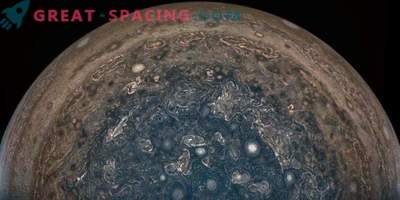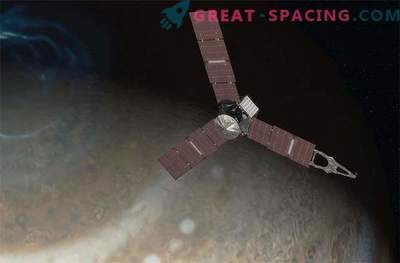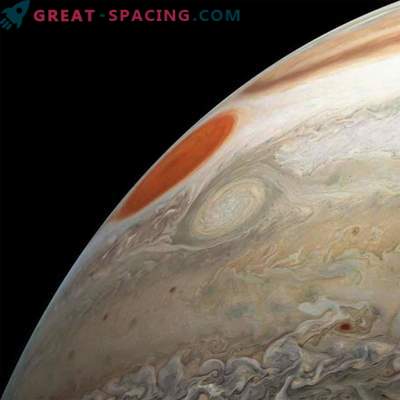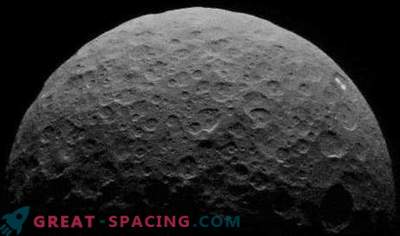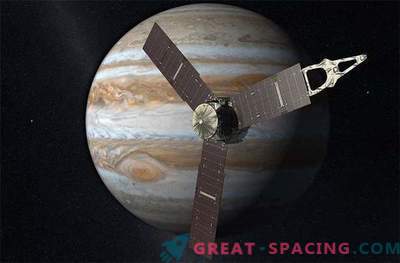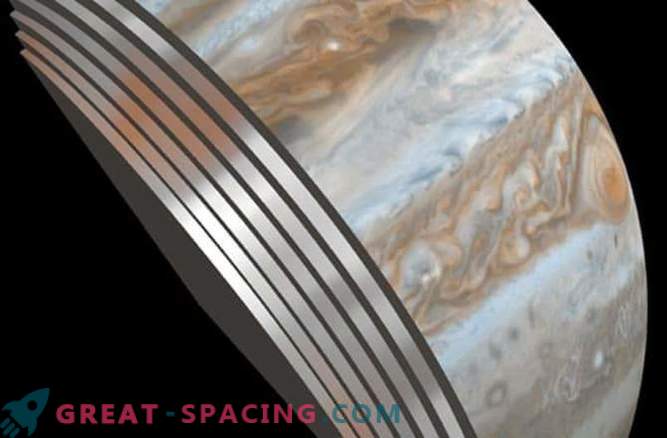
The next opportunity for observation will be in December.
After a potential problem thwarted plans to change the orbit of the Juno spacecraft when it passed close to Jupiter this week, the controllers decided instead to use this flyby for some early scientific observations.
But this plan also failed when a completely unexpected computer problem disabled Juno's scientific tools 13 hours before close access on Wednesday.
“The apparatus did exactly what was planned. Suddenly, his condition suddenly changed, ”said lead scientist of the project Scott Bolton at a meeting of the American Astronomical Community in Pasadena, California.
Flight directors from the NASA Pasadena Jet Propulsion Laboratory are still analyzing why Juno's device entered the so-called “safe mode”.
“According to preliminary data, the software performance display induced a reboot of the onboard computer of the spacecraft. Now it is ... restarted and functioning normally again, ”NASA representatives said in a statement.
Juno, who continues to loop around in a 53-day orbit around Jupiter, will not come close to the planet before December 11th. By that moment, if the problem with the engine is successfully solved, Juno will receive an order to reduce his orbit so as to approach close to the planet every 14 days. If the problem is not resolved, then Juno could continue his mission from the current orbit. Since primary scientific observations are made when the spacecraft is closest to Jupiter, whenever something happens there.
“The 53-day orbit has the same meaning as the 14-day orbit will have ... The only difference is in distance from the planet,” said Bolton. “The worst case scenario is that I have to gain more patience and advance research more slowly.”
Since arriving on Jupiter (July 4), Juno approached the planet only once. A survey on August 27 allowed a group of scientists to test instruments and cameras.
This work went better than expected, giving scientists some preliminary understanding of the essence of the magnetic fields of the planet and the aurora, which turned out to be much larger and more powerful than previously thought. They also received the first ideas of what processes occur under the thick clouds of Jupiter.
“We observe that these beautiful belts and stripes of orange and white that can be observed on the tops of the planetary clouds extend far downward, as far as our tools can see. But they seem to change with every level, ”Bolton said in a statement.

